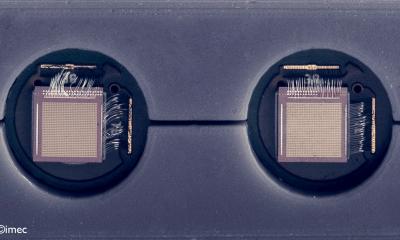New Molecular Imaging Techniques Aim at Detection of Earliest Steps of Disease Development
An emerging discipline of noninvasive cardiac imaging, molecular imaging, has evolved constantly in the last few years and is increasingly being translated from the preclinical to the clinical level. Molecular imaging allows for unique insights into specific disease mechanisms and holds great promise to change the practice of cardiovascular medicine by facilitating early disease detection, establishment of novel therapies, and selection of patients for treatment based on their individual disease biology (the paradigm of “personalized medicine”).
Several different imaging techniques can be used for detection of molecular probes, including nuclear imaging, magnetic resonance imaging, ultrasound and optical imaging, although nuclear imaging techniques, and especially positron emission tomography (PET) are currently most promising because of their superior sensitivity for detection of small amounts of highly specific radioactive molecular probes in the body. The new generation of hybrid imaging system, which integrate PET with X-ray computed tomography (CT) will further refine the application of molecular imaging probes, because co registration with a high-resolution CT will allow for better localization of the specific molecular signal from PET.
Applications that are currently being tested in early clinical stages include the identification of individuals at risk for atherosclerotic plaque rupture, identification of risk for development of heart failure and/or fatal ventricular arrhythmia, and monitoring of novel therapies such as stem cell therapy or gene delivery.
The field is still in its infancy and strong translational efforts need to continue to make it a clinical reality in the next years. But there is a strong notion that, in the future era of personalized molecular medicine, molecular imaging will play a key role for guidance of clinical decision making based on individual disease biology.
01.09.2008











